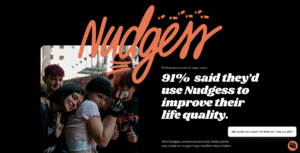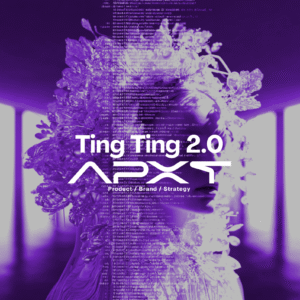The Myth of Speed
Startup culture idolizes velocity: move fast, break things, ship it yesterday. But velocity without direction is wasted time, consumed capital, and unforced errors. What if the goal isn’t just speed, but momentum that lasts? What if the real advantage is knowing when to go fast and where to go slow?
We believe at Apxt that the new founder must learn to build fast, but think slow. That’s not indecision, it’s intentional movement. More deeply: you’re not merely prototyping a product. You’re prototyping an entire company.
1. The Annotation Principle: Make Meaning, Not Just Moves
Fast builders collect data. Smart ones annotate it.
Annotation is the art of constructing meaning out of experience, overlaying insight, context, and narrative upon what you discover along the way. Most teams meander from experiment to experiment without ever extracting true insight. A dip in engagement? A surge in churn? Slow thinkers founders don’t react, they reflect, “What is this story telling us?”
Annotation Principle: The value of an experiment is not the result, but the clarity it creates.
Slow thinking is all about treating every insight as a design signal, every piece of feedback as a data point in your evolving system.
2. Build Fast: Prototype the Company, Not Just the Product
Founders obsess over MVPs. But your MVP is not the product, it’s the business model, pricing, onboarding, team rituals, GTM strategy. All of your startup is a hypothesis in progress.
All is a prototype until it earns its value.
Changed pricing after 10 sales calls? Business model prototype.
Redrafted your cold outreach twice? Positioning prototype.
Abandoned your hiring process? Culture prototype.
The company is the prototype.
This is the mindset that allows you to flip fast, ego-less. You’re not “failing” when you flip. You’re iterating.
3. Think Slow: Slow Down to See the System
Speed is good. But clarity is power.
Founders who build long-term businesses leave themselves space to back up. They ask themselves bigger questions:
Are we tackling the right problem?
Is our story sticking with real people, or just investors?
Are we committing to shapes we’ll regret?
This is where methods like ecosystem mapping, assumption mapping, and business model canvases come in handy, not as fixed docs, but as living documents that evolve as your insight does.
⚠️ Design Models Aren’t Gospel, They’re Starting Points
Traditional models like the Double Diamond suggest tidy diverging and converging phases. Venture-building, though, never proceeds in linear fashion. Solutions and problems unfold concurrently. You prototype the experience as you iterate on the value proposition. You revise your audience halfway through launch. That is why it is more useful to work towards your company as a living prototype that is guided by strategy and understanding and not process alone.
4. Annotate Everything You Learn
Slow thinking doesn’t mean slow moving. Slow thinking means rapid reflection.
Create a culture of strategic annotation:
Notion pages that capture learnings, not just features
Weekly summaries that capture what changed and why
Team rituals that honor reflection, not just action
Every learning loop has to leave a breadcrumb trail of insight, not just what happened, but what it was indicative of.
5. Final Thought: You’re Designing a Living System
Your business is not a product or a pitch deck. It’s an organism. It breathes, evolves, and reorganizes itself with every conversation, sale, rejection, and learning.
The art of today’s founders lies in building adaptive systems that can transform faster than the market evolves.
So build rapidly. But think cautiously. Prototype on purpose. Caption your learnings. And remember: you’re not just creating a business. You’re building a dynamic, intelligent, breathing prototype.
Need a Tool?
Coming soon: The Company-as-Prototype Canvas, a one-page worksheet to help you map and iterate your business model, GTM, and team design like a designer-founder.
Subscribe to be first.
Unveil Ideas, Ignite Innovation
Otso Lindfors
Founder & Visionary at Apxt Consulting
Passionate visionary at the helm of Apxt, igniting the fusion of design, strategy, and innovation. With a profound curiosity and an insatiable appetite for redefining possibilities, I orchestrate our journey to unravel the strategic depths of business and design. Just as a composer envisions harmonies, I craft strategic narratives that resonate with authenticity and excellence, leading Apxt towards a future defined by innovation.



